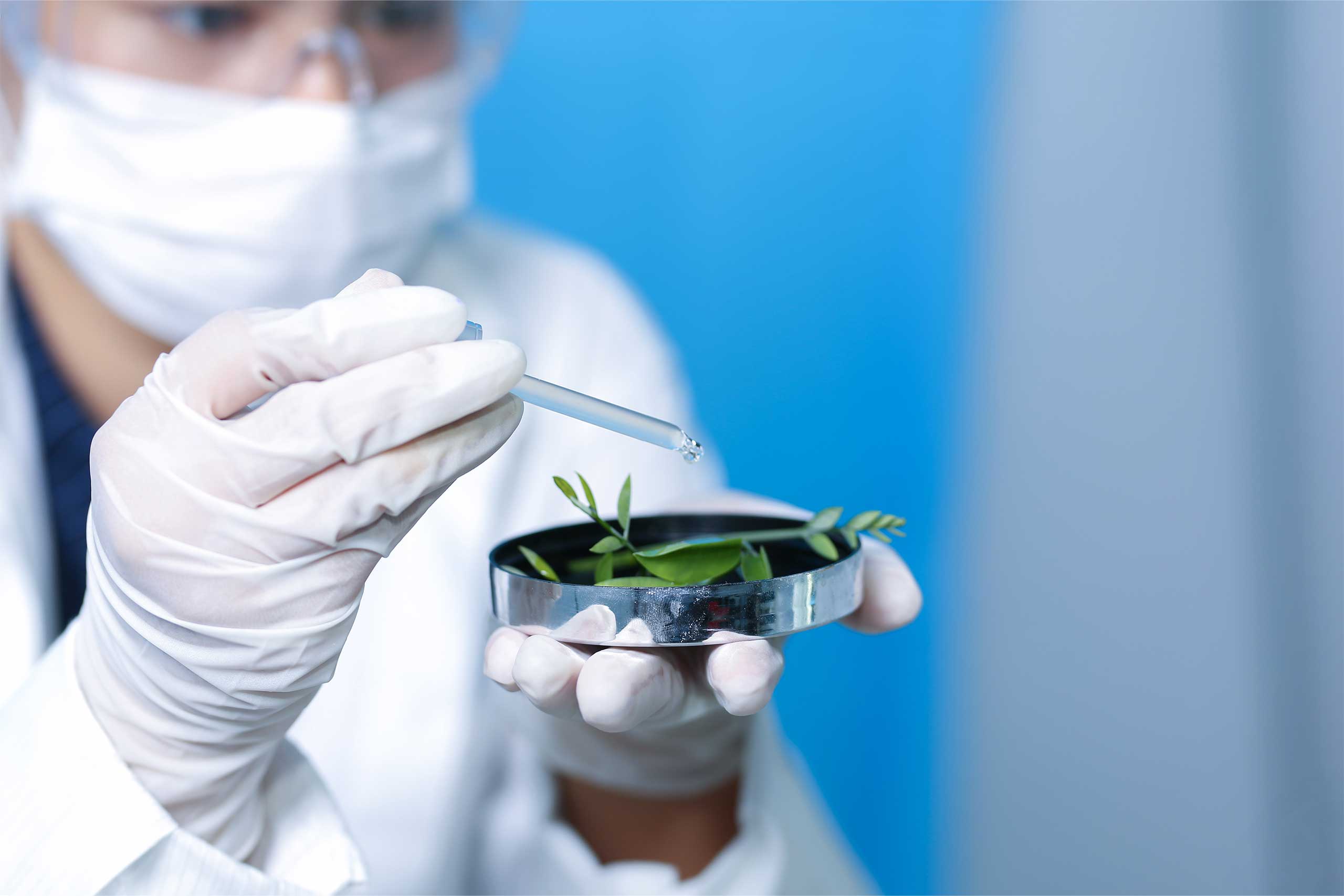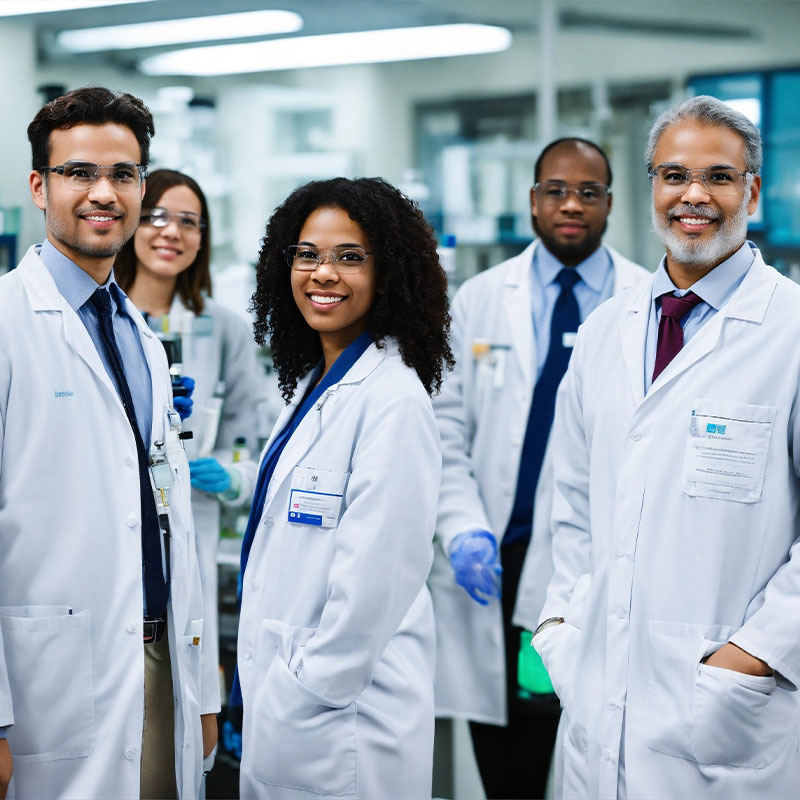Arizona’s Cannabis Testing Guidelines and Standards – What It Means For You
During the early days of the medical marijuana program in Arizona, there was an absolute lack of product testing standards. In fact, there were none. A mere decade after the birth of the medical program and with recreational sales on the horizon, so was state mandated product testing.
However, it is worth noting, many companies were testing for at least potency before the testing standards were put into place.
States Are Responsible
Since cannabis is dispensed and regulated at the state level, it is not tied to FDA regulations, thus leaving it in the hands of states. Arizona established the Medical Marijuana Testing Advisory Council which meets annually with the Arizona Department of Health Services to advise how to administer and implement established medical testing policies.
ADHS has created a set of rules to certify and regulate the process of third-party laboratories. Ideally, this regulation ensures the most accuracy and no bias from said laboratories.
During the rollout of Arizona’s testing, COVID had just begun making communication and getting products to testing facilities a challenge. Things have worked themselves over the last few years, and we are now in the full swing of product testing.
Testing is multifaceted and each product is held to differing standards based on whether it is a smokeable, consumable, topical or extract. Moreover, the testing changes based on what steps are used to process the cannabis.
Full Panel Testing – What Is It?
Full panel testing is required for all cannabis products. This includes tests for:
-Potency
-Pesticides
-Herbicides
-Heavy Metals
-Residual Solvents
-Salmonella – E.coli – Microbials
-Mycotoxins
-Aspergillus
We will delve deeper into what each of these means later.
How Flower Is Tested
For now, let us begin with where all cannabis products begin, the mother plant. Mother plants are subjected to full panel testing. The testing does expire, and after one year, the mother plant needs to be retested with another full panel test. Cannabinoids and terpenes degrade over time, changing the potency of the flower. The retesting ensures the potency is accurate and no mold or yeast has grown.
If the flower happens to fail for specific panels, it can be remediated, unless it comes back positive for Salmonella, in which case, that product must be destroyed. In the case of remediation, it is put through an extraction method and turned into distillate, which essentially cleans the flower. The distillate is then sent back for full panel testing.
How Postproduction Products Are Tested
Products which are made from the flower of the cannabis plant are considered “postproduction”, and those products are subject to retesting every six months. Meaning, any product which is heated up or added to falls into this category. These products include edibles, pre-rolls and topicals. Pre-rolls fall into this category rather than the flower category due to the fact the flower is ground down and added to a cone or a wrap.
How Extracts Are Tested
Extracts are the caveat to the post production six month retesting rule. Like flower, they are retested once per year to reflect any changes in potency as well as ensuring it is free from mold, yeast or other unsafe properties.
New QR Codes Mean Easier Access To Testing For Patients
Starting January 2024, new rules were to put into place, mandating QR codes be present on each product sold in a dispensary. The QR code allows the patients to scan it and get the results of the specific product they purchased. This code will show patients where the product was made / harvested, the testing results of the product, when the testing expires, the extraction method used (for extracts or products made with extracts) and every shop carrying the same product with the same batch number. The batch number is a number given to each individual either harvest of flower or extract. This allows the state to track the batch if any issues were to arise.
If you choose to look at the test results lets break down some of the things you will see.
Potency
Probably the most looked at number on the tests, potency, tells you how much Tetrahydrocannabinol (THC) the psychoactive compound responsible for the “high” associated with cannabis use. The testing will also show Cannabidiol (CBD) levels, a popular cannabinoid associated with pain relief. Tetrahydrocannabinolic acid (THC-A), a precursor of THC will sometimes be found as well as Cannabidolic acid (CBD-A) the chemical precursor to CBD.
Pesticides/Herbicides
Pesticides are used to control, kill or repel forms of animal and plant life considered to be a damage to a crop of plants. Arizona has adopted the same list found in Colorado regarding which pesticides are allowed to be used on their crops. These pesticides are tested for to ensure the grow properly flushed their crops. Inhaling pesticides is obviously a health concern.
Heavy Metals
Including arsenic, cadmium, lead and mercury. Cannabis naturally absorbs heavy metals from the soil in which it is grown. Inhaling heavy metals can increase a person’s risk of cardiovascular disease. The values set forth by the Arizona Senate Bill (SB) 1494 says “only products with the following parts per million (ppm) values qualify for sale:
-Arsenic <0.4
-Cadmium <0.4
Lead <1.0
Mercury <1.2
Aspergillus flavus, niger, fumigatus and terrus
Filamentous fungi found in soil. Aspergillus is a very large genus, containing about 250 species. However, the ones most toxic to humans are flavus, niger, fumigatus and terrus. Any product less or equal to 1 CFU must then be tested for mycotoxins.
Mycotoxins
These are naturally occurring toxins produced by certain molds, and can be found on a variety of things, including crops. Arizona requires testing for mycotoxins using HPLC, ELISA, or any other federal or international standards. These are processes using UV absorbance and fluorescence characteristics of mycotoxins to determine their presence. Cannabis products testing showing results more than or equal to 20kg (ppm) mycotoxins fail and cannot be remediated.
Residual Solvents
Solvents are used to extract CBD and THC from the cannabis plant. They can include but are not limited to ethanol, n-butane, isobutane, propane and hexane. Once the extraction is complete, the product will undergo a process to clean the solvent, leaving a clean extract. The testing ensures this is indeed the case. The list and their acceptable values are as follows:
| Isopropyl Acetate <5000 | Acetone <1000 |
| Butane <5000 | Heptanes <5000 |
| Methanol <3000 | Acetonitrile <410 |
| Chloroform <60 | Hexane <290 |
| Pentane <5000 | Benzene <2 |
| Dichloromethane <600 | 2-Propanol (IPA) <5000 |
| Ethanol <5000 | Propane <5000 |
| Ethyl Acetate <5000 | Toluene <890 |
| Ethyl Ether <5000 | Xylenes <2170 |
Microbial Contamination
All products must be tested for Salmonella a bacteria associated with severe discomfort. No remediation is possible for products with any detectable Salmonella.
All products are tested for E. Coli, a bacteria also associated with severe discomfort. Products testing less or equal to 100 CFU/g is considered passing.
What Is Next?
Cannabis testing is sure to change as time passes and further recommendations are made to ADHS. For now, patients can rest assured their cannabis is held to testing standards. If cannabis is ever legal at the federal level, testing is likely to see a drastic change. For now, the states are doing their due diligence and creating their own standards based on the knowledge of experts in their fields.







0 Comments